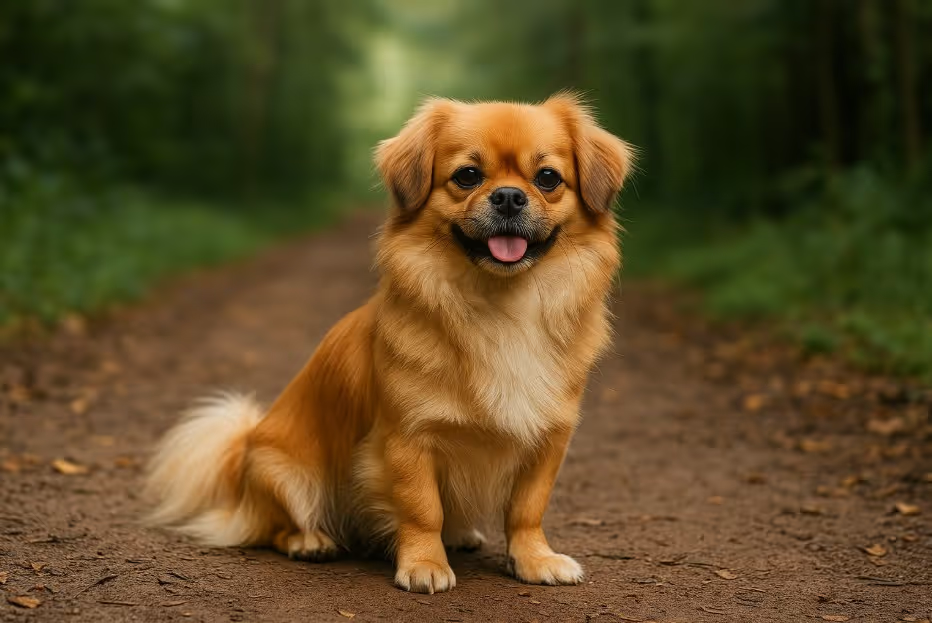The Tibetan Spaniel, affectionately known as the “Tibbie,” is a small, intelligent, and charming companion dog from Tibet. Revered for centuries by Buddhist monks, these alert and affectionate dogs are known for their silky coat, expressive face, and cat-like agility. Loyal yet independent, the Tibetan Spaniel thrives in loving homes where they can be close to their family while keeping a watchful eye on their surroundings.

The Tibetan Spaniel’s history dates back over 2,000 years, originating in Tibetan monasteries where they served as companions, watchdogs, and even prayer wheel turners. Despite their name, they are not true spaniels but are closely related to other small Asian breeds such as the Pekingese and Japanese Chin. Their keen eyesight and natural alertness made them excellent lookout dogs on monastery walls. They were treasured as gifts to visiting dignitaries but were never sold. Recognized by the American Kennel Club in 1984, Tibetan Spaniels remain a rare yet cherished breed worldwide.
A small, elegant dog with a silky coat and a distinctive plumed tail carried over the back.
Moderate grooming is required to maintain the silky coat.
Moderate activity needs, but they enjoy daily play and walks.
Smart and eager to please but can be independent.
A balanced diet supports their small size and long lifespan.
Generally healthy but prone to some hereditary conditions.
Tibetan Spaniels are rare but available through select breeders and rescues.
Are Tibetan Spaniels good family dogs?
Yes, they are affectionate, playful, and good with respectful children.
Do Tibetan Spaniels bark a lot?
They can be vocal watchdogs, alerting to anything unusual.
Do they shed a lot?
Moderately year-round, more during seasonal coat changes.
Are they easy to train?
Yes, though they have an independent streak.
Do they get along with other pets?
Yes, with proper socialization.
Are they hypoallergenic?
No, but their shedding is moderate compared to some breeds.
How much exercise do they need?
About 30–45 minutes daily.